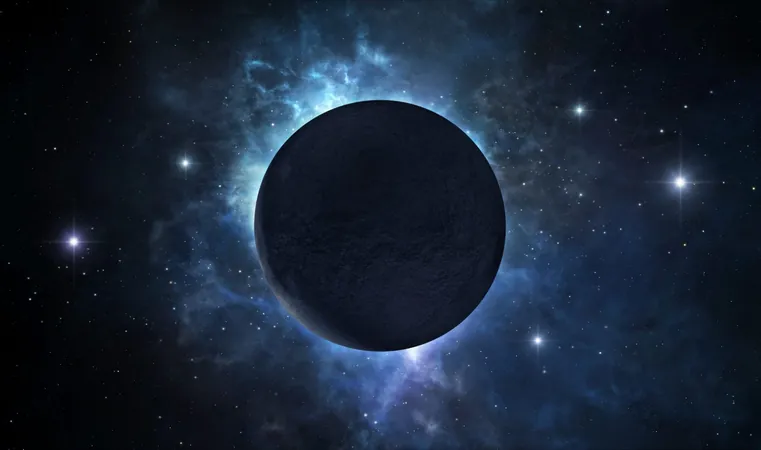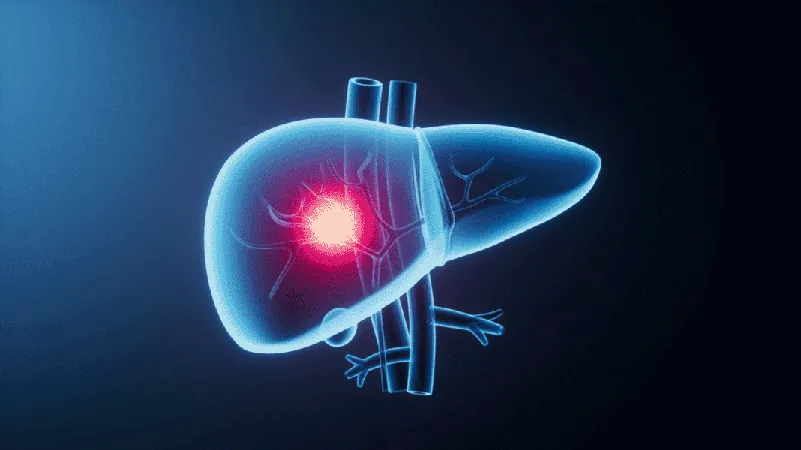
Revolutionary Discoveries Hint at Early Planet Formation
2025-07-03
Author: Jia
Astronomers Uncover Surprising Clues About Planet Birth
In an eye-opening new study, astronomers have revealed that planets might begin their formation earlier than we ever imagined. Recent analyses of enhanced telescope data suggest that these cosmic creations can start forming during the nascent stages of a star's life.
Peering into Stellar Nurseries
Planets are born within swirling disks of gas and dust known as protoplanetary disks, which orbit young stars, or protostars. These disks are rich in cold molecular gas and dust particles, providing the essential ingredients for planet formation. However, capturing the early moments or signs of this process has posed a significant challenge for astronomers.
Due to their small size, young planets often evade direct detection, and many of these protoplanetary disks lie too far away to observe clearly. Instead of direct evidence, astronomers look for indirect signs—like rings, gaps, or spiral structures within the disks—that hint at the gravitational influence of a forming planet.
Unlocking Secrets with Advanced Techniques
A research team led by Ayumu Shoshi from Kyushu University and the Academia Sinica Institute of Astronomy and Astrophysics took a fresh look at data from the ALMA (Atacama Large Millimetre/submillimeter Array) radio telescope in Chile. This powerful telescope is renowned for its ability to penetrate space dust, revealing the cold regions where stars and planets are born.
Employing advanced imaging techniques, the team re-evaluated observations of 78 protoplanetary disks located in the Ophiuchus star-forming region, approximately 460 light-years from Earth. Thanks to these enhanced methods, over half of the images achieved resolutions that were three times clearer than before, uncovering intricate details that had gone unnoticed.
Early Indicators of Planet Formation Discovered
The analysis unveiled ring or spiral patterns within 27 of the examined disks, with 15 of these structures newly identified. These findings indicate that planet formation could be occurring during the earliest phases of a star’s evolution, just a few hundred thousand years after the star’s birth.
Interestingly, the researchers discovered a trend: disks larger than 30 astronomical units (AU) in diameter were more likely to exhibit these features. This suggests that planet formation may take place while the disks are still abundant in gas and dust, challenging previous assumptions about the timeline of stellar development.
A Paradigm Shift in Our Understanding of Planetary Systems
These groundbreaking results force us to rethink the timeline of planet formation, implying that the process may start while the stars are still taking shape. This dynamic view not only reshapes our knowledge of how planetary systems—like our own—form but also has significant implications for the search for habitable worlds beyond our planet.



 Brasil (PT)
Brasil (PT)
 Canada (EN)
Canada (EN)
 Chile (ES)
Chile (ES)
 Česko (CS)
Česko (CS)
 대한민국 (KO)
대한민국 (KO)
 España (ES)
España (ES)
 France (FR)
France (FR)
 Hong Kong (EN)
Hong Kong (EN)
 Italia (IT)
Italia (IT)
 日本 (JA)
日本 (JA)
 Magyarország (HU)
Magyarország (HU)
 Norge (NO)
Norge (NO)
 Polska (PL)
Polska (PL)
 Schweiz (DE)
Schweiz (DE)
 Singapore (EN)
Singapore (EN)
 Sverige (SV)
Sverige (SV)
 Suomi (FI)
Suomi (FI)
 Türkiye (TR)
Türkiye (TR)
 الإمارات العربية المتحدة (AR)
الإمارات العربية المتحدة (AR)